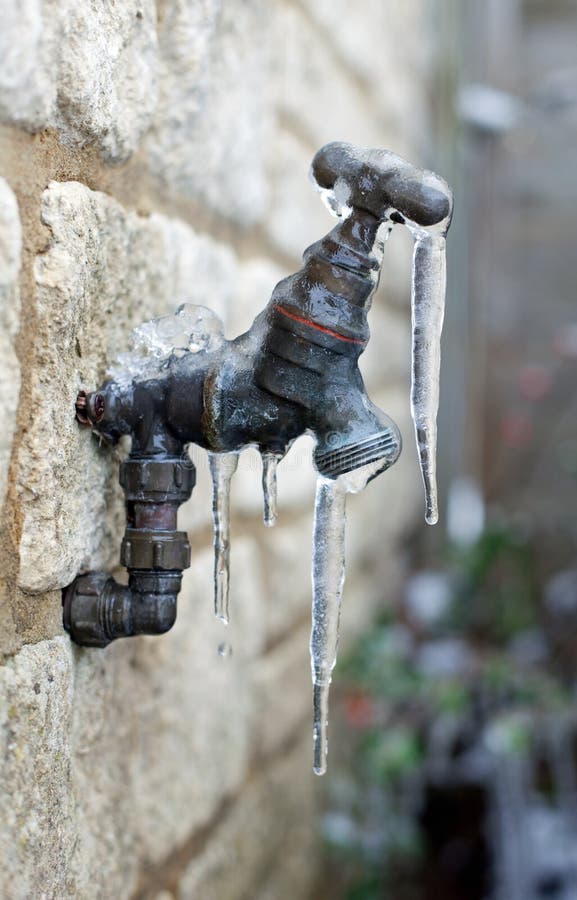Crucial Advice to Avoid Frozen Pipes in Cold Weather
Crucial Advice to Avoid Frozen Pipes in Cold Weather
Blog Article
What're your ideas about How To Avoid Freezing Pipes?

Winter can damage your pipes, especially by freezing pipelines. Below's exactly how to prevent it from taking place and what to do if it does.
Introduction
As temperature levels decrease, the threat of frozen pipelines increases, possibly resulting in pricey repair work and water damages. Comprehending how to avoid icy pipes is important for homeowners in cold environments.
Recognizing Frozen Pipes
What causes pipes to freeze?
Pipes ice up when revealed to temperature levels listed below 32 ° F (0 ° C) for extended periods. As water inside the pipelines freezes, it broadens, taxing the pipeline walls and potentially triggering them to rupture.
Dangers and damages
Icy pipelines can cause water disturbances, property damages, and pricey repair services. Burst pipes can flooding homes and cause extensive architectural damage.
Signs of Frozen Piping
Determining frozen pipelines early can avoid them from rupturing.
How to recognize frozen pipelines
Search for lowered water flow from faucets, unusual odors or noises from pipelines, and visible frost on subjected pipelines.
Avoidance Tips
Protecting prone pipelines
Cover pipelines in insulation sleeves or utilize heat tape to secure them from freezing temperatures. Concentrate on pipelines in unheated or external locations of the home.
Heating methods
Maintain indoor spaces adequately heated, particularly locations with pipes. Open up closet doors to allow warm air to distribute around pipes under sinks.
Securing Outside Plumbing
Garden hose pipes and outside taps
Detach and drain pipes yard tubes prior to winter months. Mount frost-proof faucets or cover outside faucets with shielded caps.
What to Do If Your Pipelines Freeze
Immediate actions to take
If you suspect icy pipelines, keep faucets open up to eliminate pressure as the ice thaws. Utilize a hairdryer or towels taken in hot water to thaw pipelines slowly.
Long-Term Solutions
Architectural modifications
Consider rerouting pipelines away from exterior walls or unheated locations. Add added insulation to attics, cellars, and crawl spaces.
Updating insulation
Purchase high-quality insulation for pipes, attic rooms, and walls. Appropriate insulation helps preserve constant temperature levels and reduces the danger of icy pipes.
Final thought
Protecting against frozen pipelines requires aggressive measures and quick reactions. By recognizing the reasons, indicators, and preventive measures, property owners can secure their pipes throughout winter.
6 Proven Ways to Prevent Frozen Pipes and Protect Your Home
Disconnect and Drain Garden Hoses
Before winter arrives, start by disconnecting your garden hoses and draining any remaining water. Close the shut-off valves that supply outdoor hose bibs and leave the outdoor faucet open to allow any residual water to drain. For extra protection, consider using faucet covers throughout the colder months. It’s also important to drain water from any sprinkler supply lines following the manufacturer’s directions.
Insulate Exposed Pipes
Insulating your pipes is an effective way to prevent freezing. Pipe insulation is readily available at home improvement stores and is relatively inexpensive. Pay close attention to pipes in unheated areas such as the attic, basement, crawl spaces, or garage. Apply foam insulation generously to create a buffer against the cold. You can also wrap your pipes in heat tape or thermostat-controlled heat cables for added warmth.
Seal Air Leaks
Inspect your home for any cracks or openings that could let in cold air. Seal any holes around the piping in interior or exterior walls, as well as the sill plates where your home rests on its foundation. Additionally, make sure to keep your garage door closed unless you’re entering or exiting. Leaving it open creates a significant air leak that can lead to frozen pipes.
Allow Warm Air Circulation
During cold snaps, it’s essential to allow warm air to circulate evenly throughout your home. Leave interior doors ajar to promote better airflow. Open kitchen and bathroom cabinets to help distribute heat consistently around the rooms. If you have small children or pets, be sure to remove any household chemicals or potentially harmful cleaners from open cabinets for safety.
Let Faucets Drip
A small trickle of water can make a big difference in preventing ice formation inside your pipes. When temperatures drop significantly, start a drip of water from all faucets served by exposed pipes. This continuous flow helps prevent the water from freezing. Additionally, running a few faucets slightly can relieve pressure inside the pipes, reducing the chances of a rupture if the water inside does freeze.
https://choateshvac.com/6-proven-ways-to-prevent-frozen-pipes-and-protect-your-home/

Do you really like reading about How To Avoid Freezing Pipes? Try leaving a remark down the page. We will be delighted to find out your thoughts about this blog post. We hope to see you back again later on. Please set aside a second to distribute this post if you appreciated it. I am grateful for your time. Don't forget to pay a visit to our site back soon.
Book 24/7 Report this page